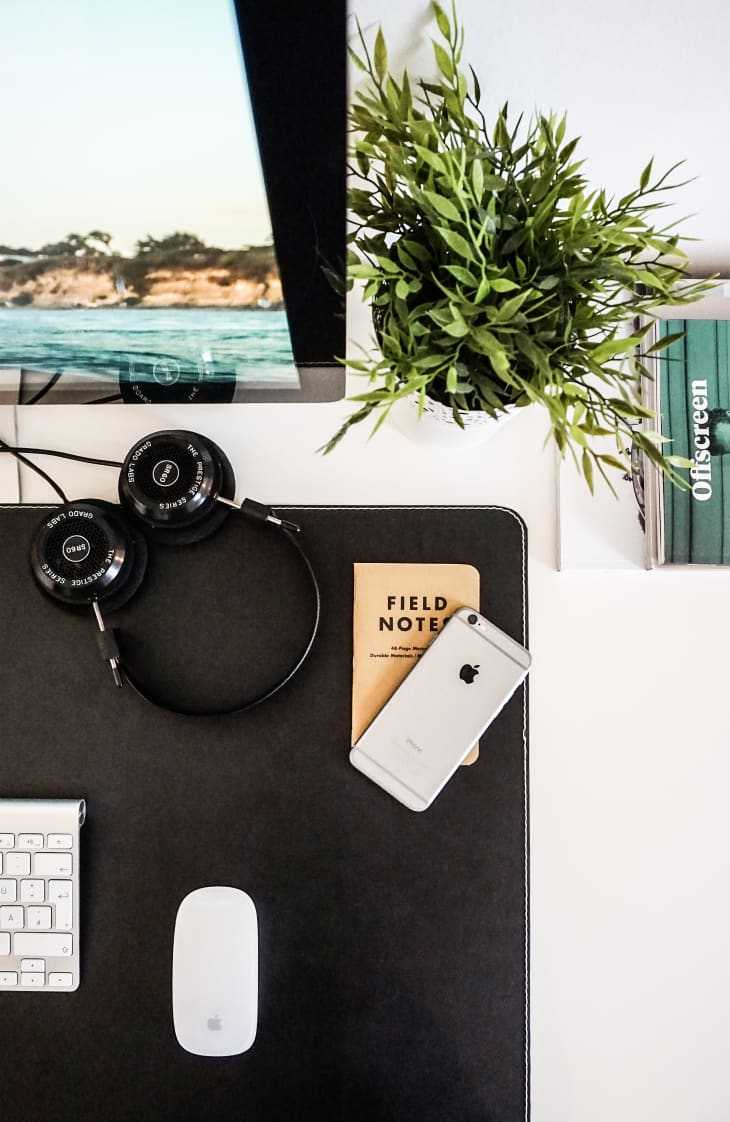You spend the equivalent of an entire 24-hour day per week online—so as spring cleaning approaches, don’t forget to declutter your devices. Like clearing out your closets and reorganizing your cabinets, taking time to declutter your phone space could make your digital home more efficient, functional, and enjoyable.
Curious how to spring clean your smartphone? Here’s a step-by-step guide to get you started on a cleaner, smarter device.
And if you want help with the household spring cleaning, too, we’ve got you covered! Enter your email below to join our free 20-day spring cleaning program, which kicks off April 1.
Clear the cache
Why: You wouldn’t keep old, expired cans of soup in your kitchen cabinet, so why are you letting old data accumulate in your phone? Andrew Moore-Crispin, the Director of Content at Ting Mobile , says the first step to spring cleaning your device is clearing its cache, which could significantly boost its speed and performance. Just keep in mind that clearing your browser data will remove all stored usernames and passwords, so make sure you’ve got that info in a safe place before sweeping your phone clean.
How: On an iPhone, open up the settings app, scroll down to “Safari.” Scroll down again and tap “Clear history and website data.” On an Android, open settings via the cog icon, then find Apps in the menu. Locate the app for which you want to clear data, tap on storage, then clear the cache.
Delete old text threads
Why: You know that months-old text thread with your besties? Chances are, especially if it’s ridden with GIFs, photos, and videos, the amount of data in it is slowing your phone way down. If your phone could use a performance boost, it might be time to say goodbye to old some text threads. (You can always screenshot your fave convos—and maybe even have them made into a book .)
How: On an iPhone, open up the iMessage app, swipe left on the thread you want to delete, and tap the red delete button. Unfortunately, you can only delete individual texts natively on Androids—just tap the Message+ icon, select a conversation, hold down the message, and tap delete messages. To delete entire conversations, you’ll need a third-party app like dr.fone .

Backup media
Why: Photos and videos tend to occupy the most real estate on phones, but the good news is, it’s fairly easy to back them up whether you have an Android or iPhone. You can set Google Photos or iCloud to automatically backup your media, so if you lose your phone or it crashes, you’re not losing precious memories along with it.
How: The first step on an iPhone is to make sure you’ve set up iCloud. Then, go to Settings > [your name] > iCloud > Photos, and turn on iCloud Photos.
To backup your photo library on Google Photos, open the Google Photos app, sign in to your Google Account, tap menu, select settings backup and sync, and choose “on.”
Delete useless apps
Why: Your expansive library of apps probably takes up more space than you realize on your device. Depending on your storage situation, Moore-Crispin says apps can slow your phone down to molasses status—not to mention zap its battery life. A good rule of thumb is to delete anything you haven’t used in the last month. Don’t worry, you can always download it again later if you miss it.
How: On an iPhone, simply hold down the app you want to delete, and it will begin to “vibrate” on the screen. Select the “X” in the corner to delete.
On an Android, open the Play Store App, open the settings menu, tap on “My apps and games,” and head to the Installed section. To delete, tap the app you want to say goodbye to, then tap uninstall.
Organize photos and apps
Why: Whether you color code them or organize them by category, organizing your apps makes your phone much more intuitive to navigate (and admittedly more aesthetically pleasing). Moore-Crispin recommends keeping your most-used apps on your home screen for easy access.
How: To organize iPhone apps, hold down a folder with your finger. Once it vibrates, you can move it or rename the folder it’s in. To create a new folder, just drag one app on top of another. Move apps or folders to another screen by holding them at the edge of the screen until it moves.
For an Android, the process is similar. Create a new folder by long-pressing one app and dragging it on top of another. When you release, the apps will be in a folder you can name. Drag more apps into the folder if you want, and drag the folder to move it like you would with apps.
